Troubleshooting Diseases In Cyclamen – Treating Common Cyclamen Diseases


Several diseases and conditions can turn your perky little cyclamen into messy yellow leaves and dying blossoms. Can diseased plants be saved? This article focuses on tips to help you prevent cyclamen plant diseases so that you don’t have to throw away your plants.
Caring for Sick Cyclamen
Before you decide something is wrong, remember that the leaves on a healthy cyclamen plant turn yellow and drop off in summer. This is perfectly normal—the plant is just preparing to go dormant. After a summer nap, the leaves regrow. Indoor cyclamen diseases infect plants during the winter growing period. There is no cure for many of these diseases, and the best course of action is to discard them before the disease spreads to other plants. Cyclamen plants aren’t very expensive, and they are difficult to bring back into bloom after the first flush of flowers. For these reasons, many people simply replace their plants when problems develop. If you decide to try caring for sick cyclamen plants, keep them isolated. Wear an apron when working with diseased plants, and don’t wear the apron outside of the immediate area. Wash your hands and thoroughly disinfect tools with a household disinfectant before working with healthy plants.
Cyclamen Plant Diseases
Growers should be aware of these devastating diseases in cyclamen: Bacterial soft rot and Fusarium wilt cause the entire plant to rapidly turn yellow and die. There is nothing to do but discard the plant. To prevent these cyclamen diseases, buy corms from reputable sources and plant them in clean media. If you are reusing a pot, scrub it out thoroughly with a household disinfectant or a weak bleach solution before planting. Botrytis blight causes tan leaf spots. Flower petals look water-soaked at first, and then they develop tan spots as well. The whole plant might be covered with gray fungus. You might be able to save your cyclamen if you catch the disease soon enough. Place it in isolation and run a fan to improve the circulation. The disease is contagious, so keep a close eye on plants that may have been exposed. Leaf spot causes round spots that can be yellow, gray, or brown. If you look closely, you’ll see black dots inside the spots. Isolate the plant to keep the disease from spreading. Try to avoid getting water on the leaves or the crown when you water the plant. If you can’t water cyclamen from the top without wetting the leaves or crown, water from the bottom. Thielaviopsis root rot causes stunted plants. If you check the roots, you’ll find that they are black and shriveled instead of plump and white. Discard plants infected with this disease. Viruses cause a number of symptoms, including misshapen, deformed leaves and flowers, and abnormal color patterns such as streaking and ring spots. If you suspect your plant is infected with a virus, discard it immediately.
Gardening tips, videos, info and more delivered right to your inbox!
Sign up for the Gardening Know How newsletter today and receive a free copy of our e-book "How to Grow Delicious Tomatoes".

Jackie Carroll has written over 500 articles for Gardening Know How on a wide range of topics.
-
 Looking For Plants To Give You The Soft And Fuzzies? Try These 5 Fuzzy Leaf Plant Options
Looking For Plants To Give You The Soft And Fuzzies? Try These 5 Fuzzy Leaf Plant OptionsLovers of texture, drama, silver foliage and tactile plants will adore these special sensory garden additions. These fuzzy leaf plant options will leave you all aglow
By Susan Albert
-
 Get Ready For A Summer Of Hummers! Grow These Full Sun Hummingbird Plants and Flowers
Get Ready For A Summer Of Hummers! Grow These Full Sun Hummingbird Plants and FlowersIf you’re lucky enough to enjoy a sunny backyard, make sure you are maxing out on your pollinator opportunities and grow these full sun hummingbird plants and flowers
By Tonya Barnett
-
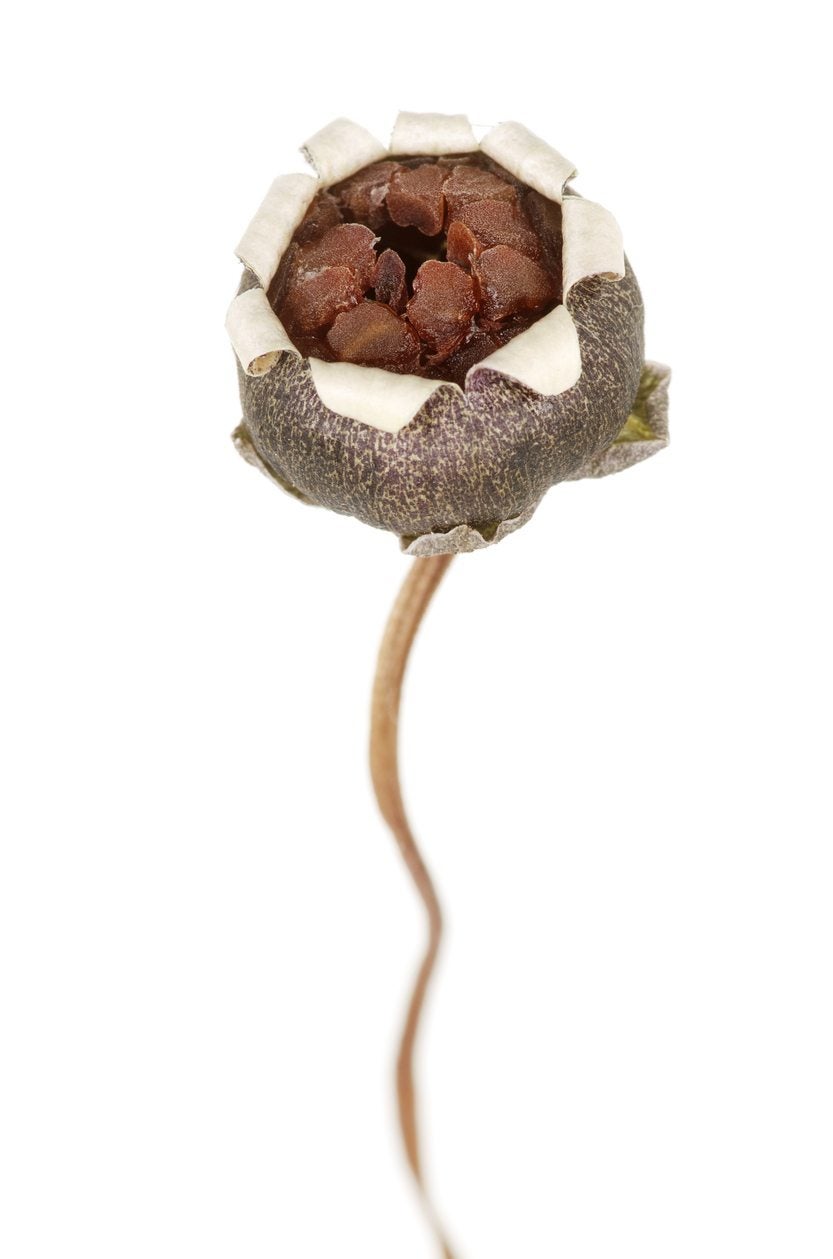 Cyclamen Seed Info: Can You Get Seeds From A Cyclamen
Cyclamen Seed Info: Can You Get Seeds From A CyclamenWhile cyclamen are tuberous plants and usually propagated by dividing, Mother Nature provides all plants with natural propagation methods. If you've ever wondered "do cyclamen plants produce seed," click here to learn about cyclamen plant seeds.
By Darcy Larum
-
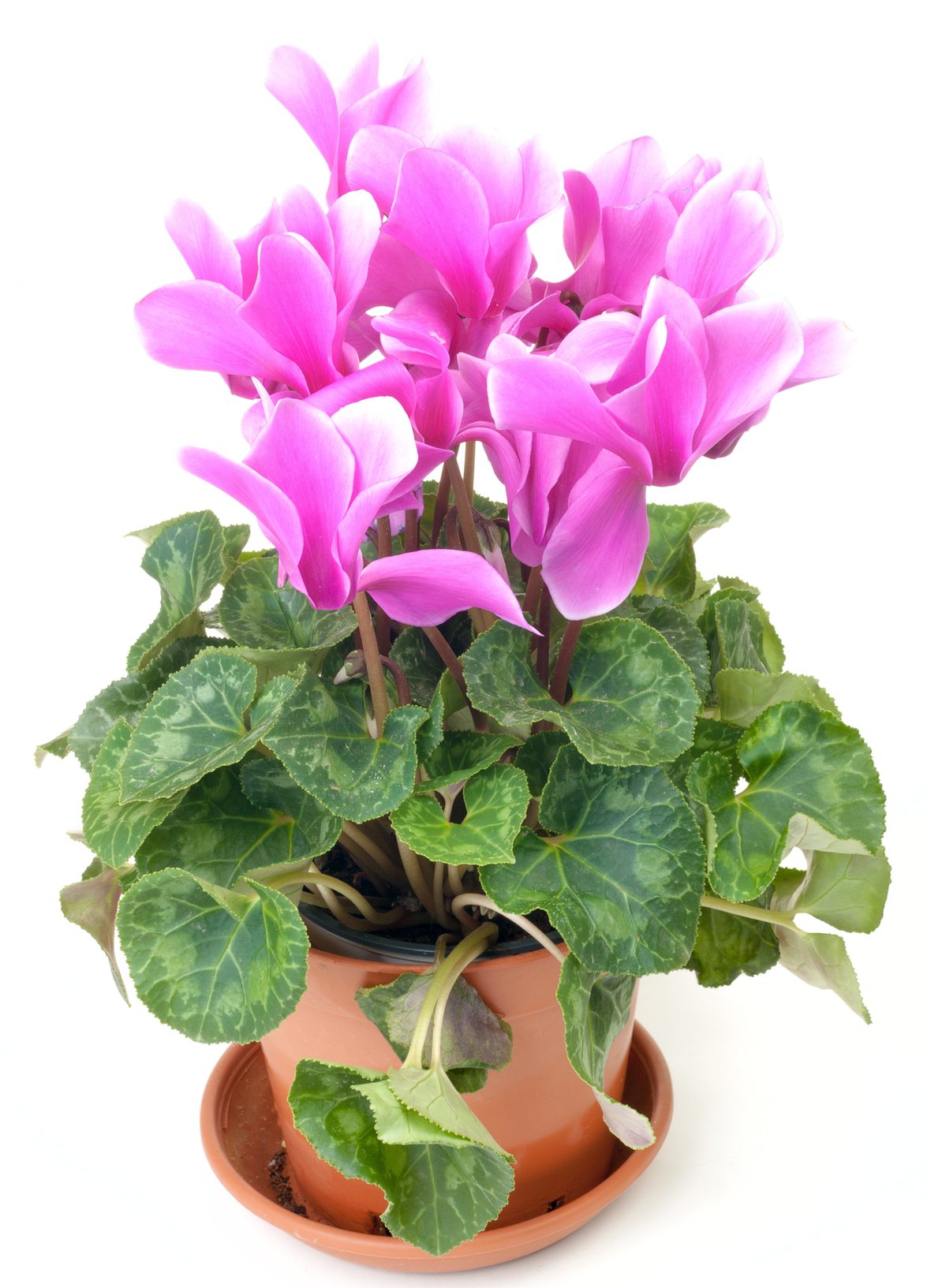 Cyclamen Care After Flowering: How To Treat Cyclamen After Blooming
Cyclamen Care After Flowering: How To Treat Cyclamen After BloomingFlorist's cyclamen is typically given as gifts to brighten up the indoor environment during late winter's gloom, but what about caring for cyclamen after flowering? If you've been wondering how to treat cyclamen after blooming, click here to learn more.
By Mary H. Dyer
-
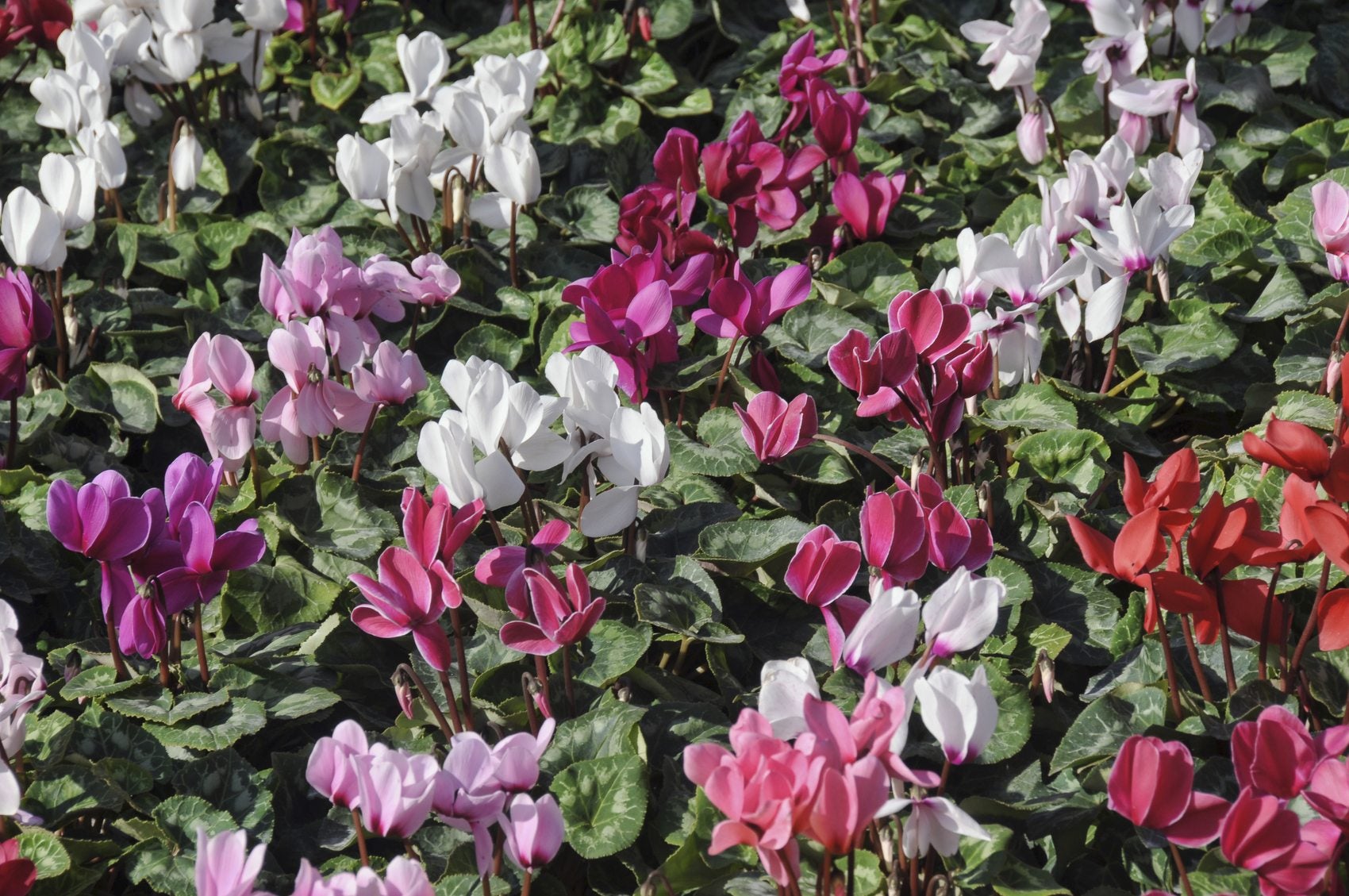 Different Cyclamen Plant Varieties – Learn About Types Of Cyclamen Plants
Different Cyclamen Plant Varieties – Learn About Types Of Cyclamen PlantsThe typical florist cyclamen is only one of many cyclamen plant types. In fact, there are more than 20 species within the genus. Click this article for a small sampling of cyclamen plant types and cyclamen varieties.
By Mary H. Dyer
-
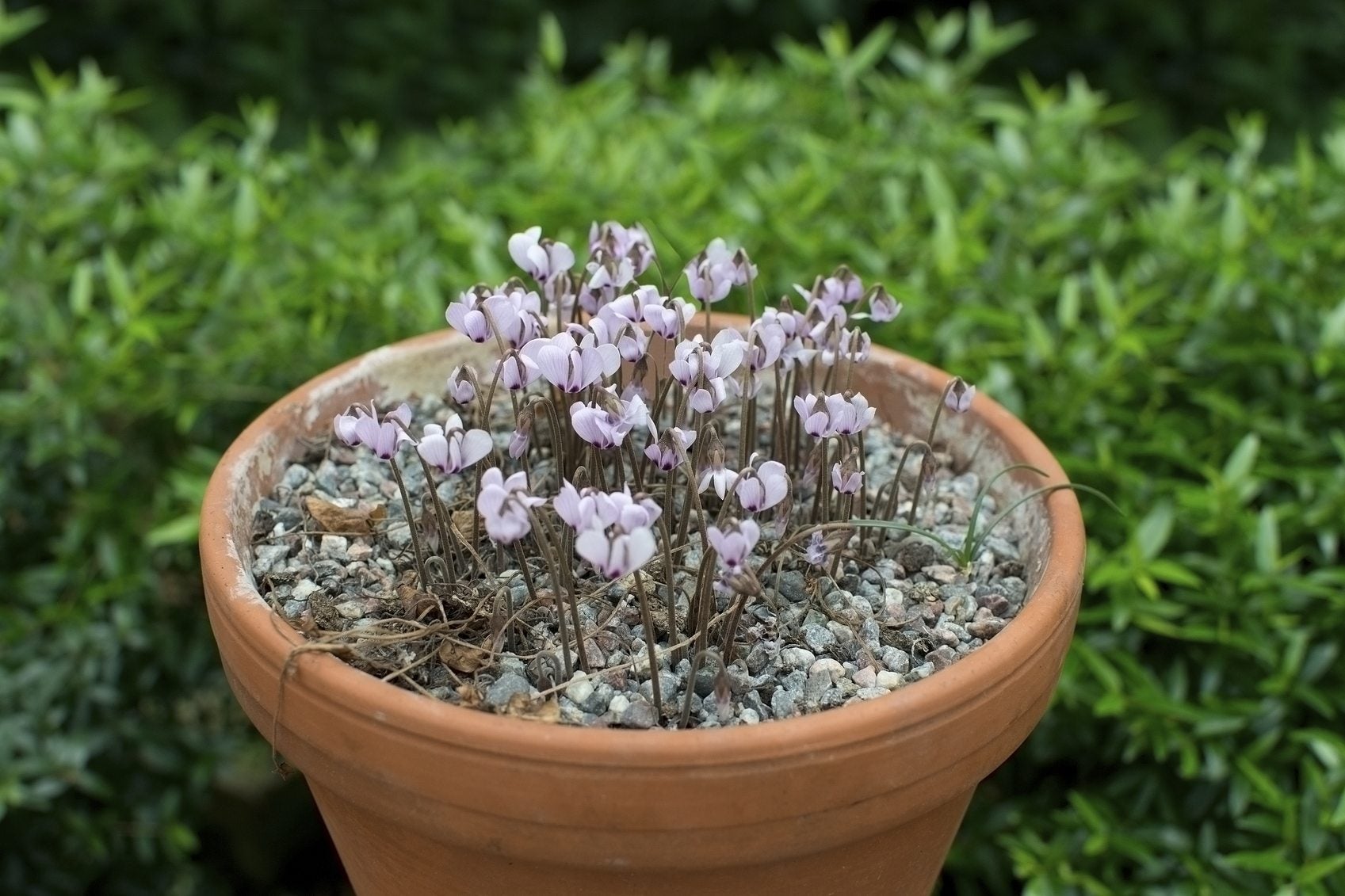 Container Grown Cyclamen: Outdoor Care Of Cyclamen In Pots
Container Grown Cyclamen: Outdoor Care Of Cyclamen In PotsCyclamen are low, flowering plants that produce bright, beautiful blooms in shades of red, pink, purple and white. While they do well in garden beds, plenty of gardeners choose to grow them in containers. Learn more in this article.
By Liz Baessler
-
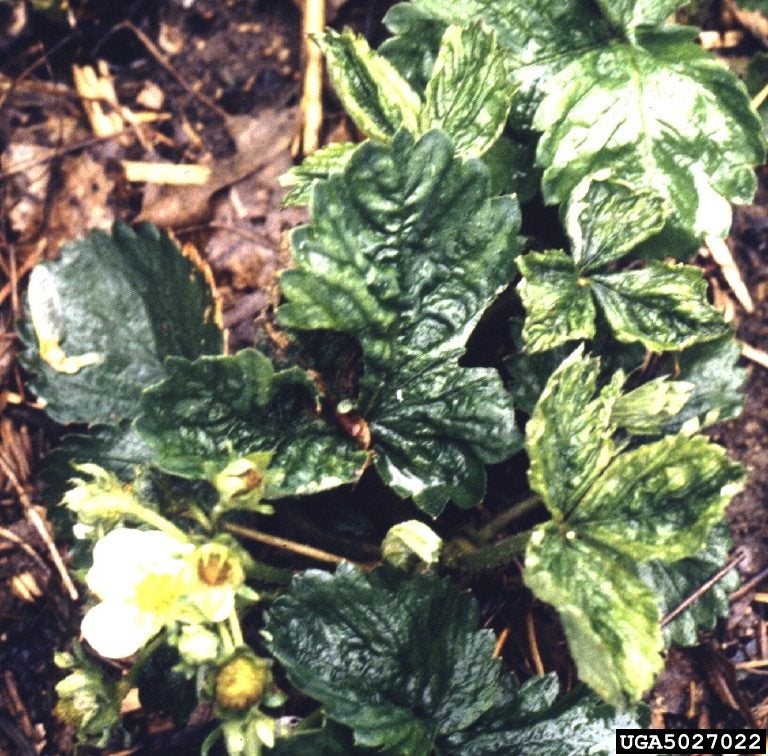 Yellowing Cyclamen Leaves: Solutions For Leaves Turning Yellow On Cyclamen
Yellowing Cyclamen Leaves: Solutions For Leaves Turning Yellow On CyclamenAre your cyclamen plant leaves turning yellow and dropping off? Are you wondering if there is any way to save your plant? Find out what to do about yellowing cyclamen leaves in this article. Click here to learn more.
By Jackie Carroll
-
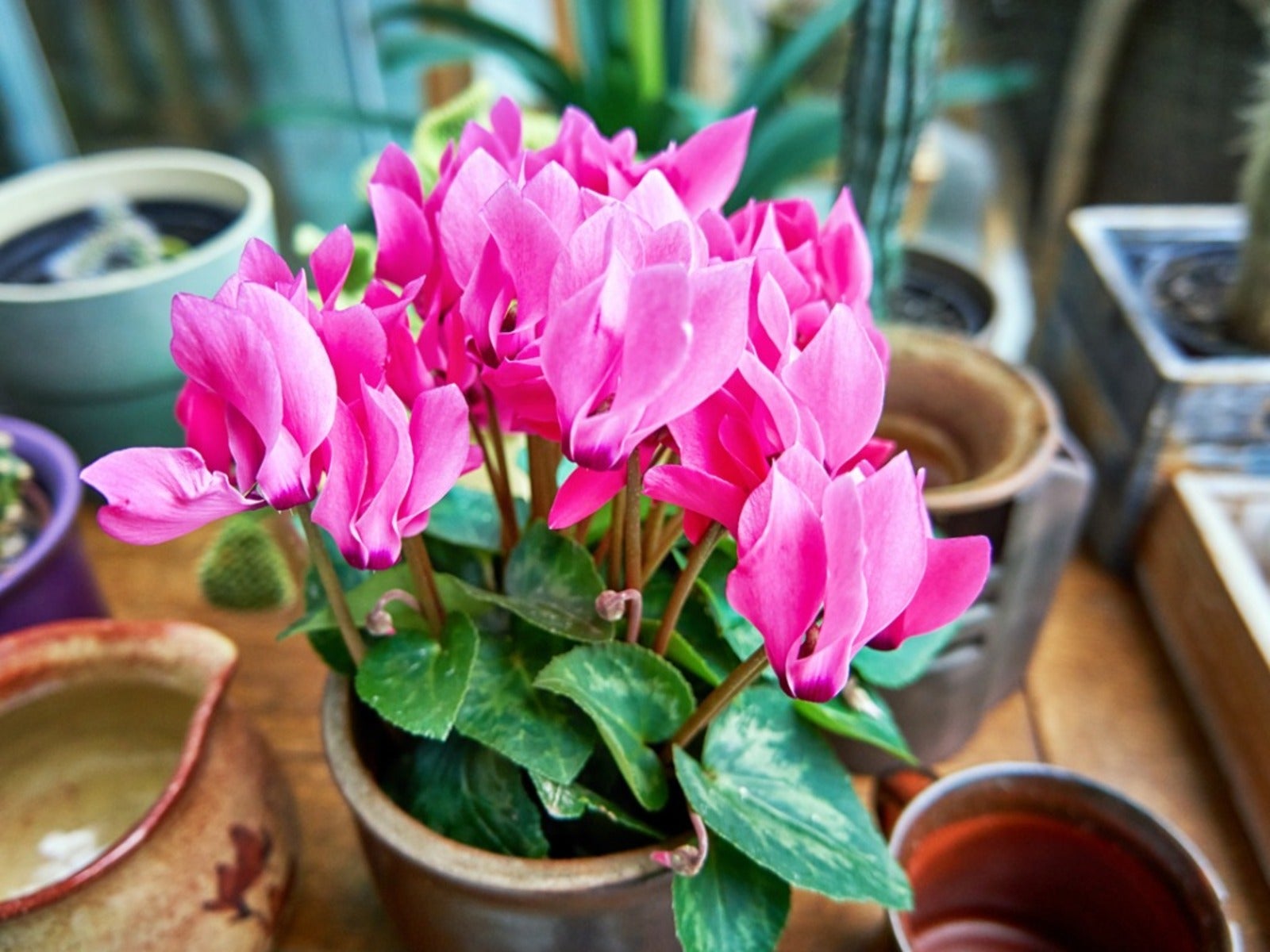 Repotting Cyclamen Plants: Tips On Repotting A Cyclamen Plant
Repotting Cyclamen Plants: Tips On Repotting A Cyclamen PlantMost plants need to be repotted sooner or later, and cyclamens are no exception. Click here to learn about cyclamen repotting methods.
By Liz Baessler
-
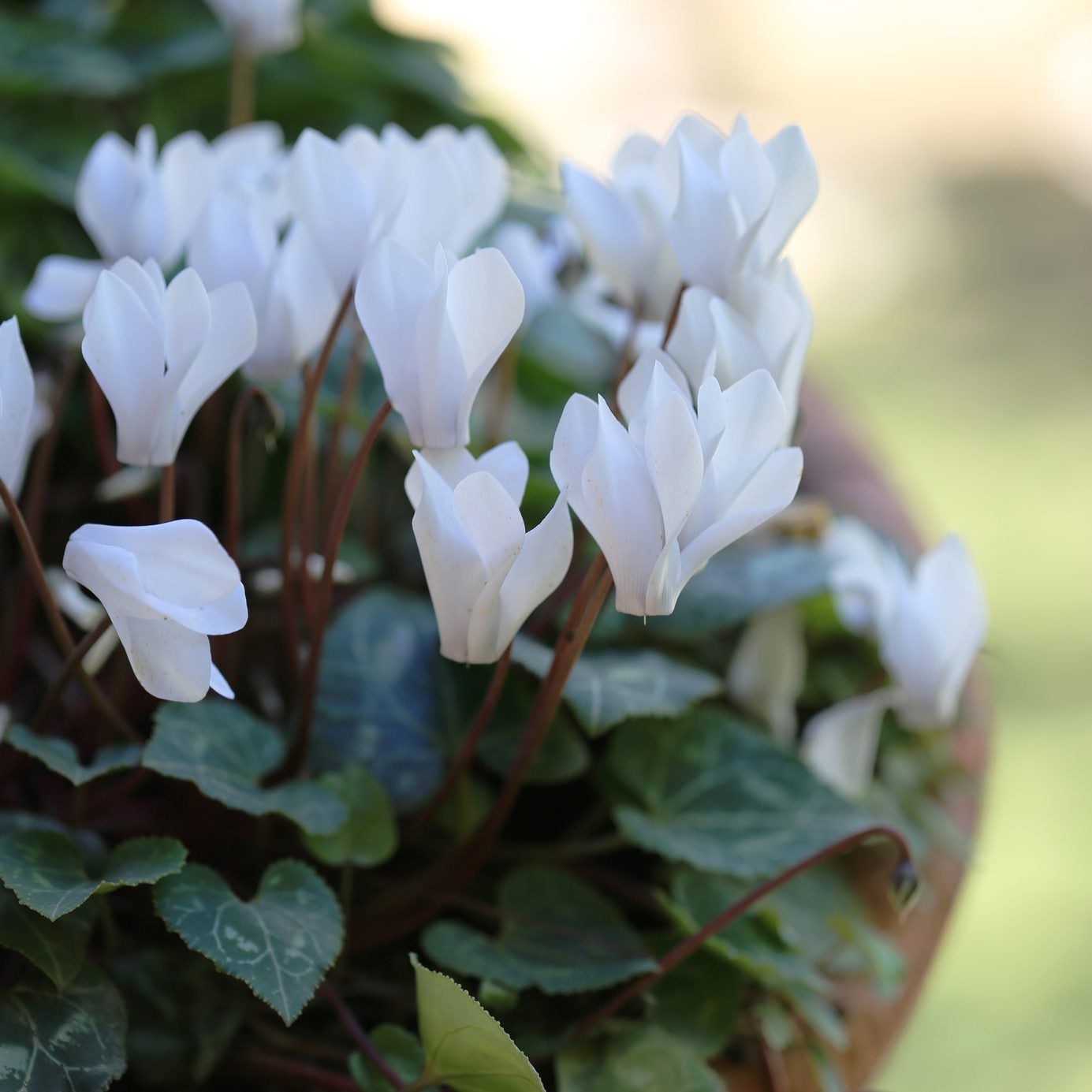 Cyclamen Plant Division: How To Divide Cyclamen Bulbs
Cyclamen Plant Division: How To Divide Cyclamen BulbsMany cyclamen plants become trash because people are unaware of how to properly care for them. Well cared for cyclamen plants can be grown for years and divided to create more. Learn about dividing cyclamen plants in this article.
By Darcy Larum
-
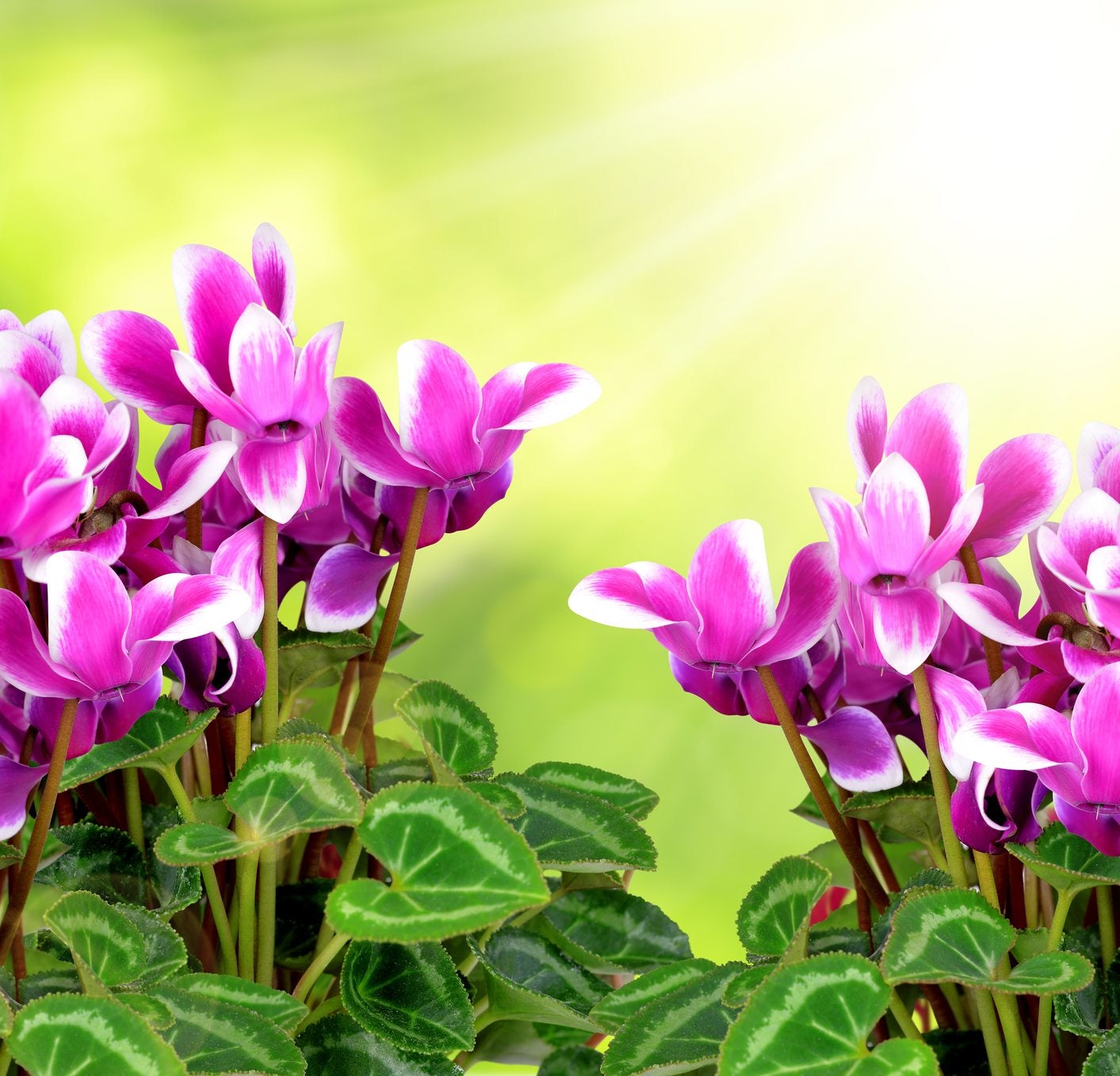 Feeding Cyclamen Plants: When To Fertilize A Cyclamen Plant
Feeding Cyclamen Plants: When To Fertilize A Cyclamen PlantCyclamen are traditionally a Christmas time plant because their delicate orchid-like blooms are at their full glory in mid-winter. As the blooms start to fade, you may wonder how and when to fertilize a cyclamen. Click here to learn about feeding cyclamen plants.
By Darcy Larum